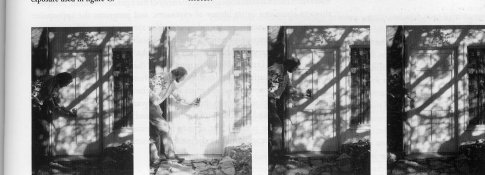markbarendt
Member
Mark could you clarify a bit more on this what you mean.
I changed over to the BTZS a few years ago and got terrible results in the beggining. Forcing me to push up my development.
Yes I know we are talking about exposure, but that was fine on my films.
The clarifications about flare, (which I ignored a bit) I fell are badly discussed in his book.
With the help of a few other here I could clear this problem. Those crazy guys who dream about this stuff.
Using the Incident light meter gives more secure results.
Well we are talking about incident metering, not just exposure. Measuring contrast is a distinct part of that.
What I'm talking about is that systems: BTZS, ZS, mine, yours; are all based on assumptions.
BTZS assumes lots of shadow detail is important, similarly it wants to keep good highlight detail; that describes a longer than normal SBR. To fit the extra detail that the system expects into a straight print on given grade of paper the negative needs to be developed to a lower contrast than normal.
Phil's bias brings with it a generic reduction in film contrast to make room for more shadow detail without losing highlight detail, but that bias has a side effect, the local contrast across the mid tones gets flatter, loses some snap if you will.
This loss of snap is I'm guessing is part of the problem you fixed with a bit more development. Yes?
You applied a patch to the system by making a decision "outside the rules". You eliminated Phil's bias and applied your own
Last edited by a moderator:






 )
)